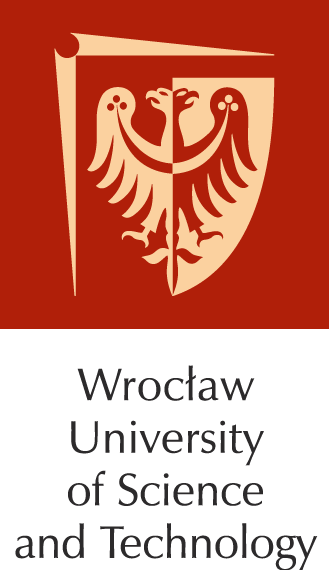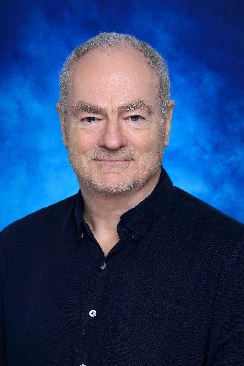
Presentation Topic
Nanoparticle plasmonics in the 1 – 10 nm ultrafine regime
Research Focus
Prof. Hans Ågren received his doctoral degree in experimental atomic and molecular physics in 1979 from Uppsala University and then worked as a postdoctoral researcher at IBM Research Laboratory in the United States. He has successively held tenure professorships at Linköping University, KTH-Royal Institute of Technology and Uppsala University. Since 2025 he is also associated to Wroclaw University of Science and Technology. His research interests are mainly focused on developing and applying theoretical methods for studying nonlinear properties, lasers, X-rays, magnetic resonance, nanomaterials, and multi-scale simulations. Up to now his work has received more than 54000 citations according to Google Scholar with an h-factor of 104.
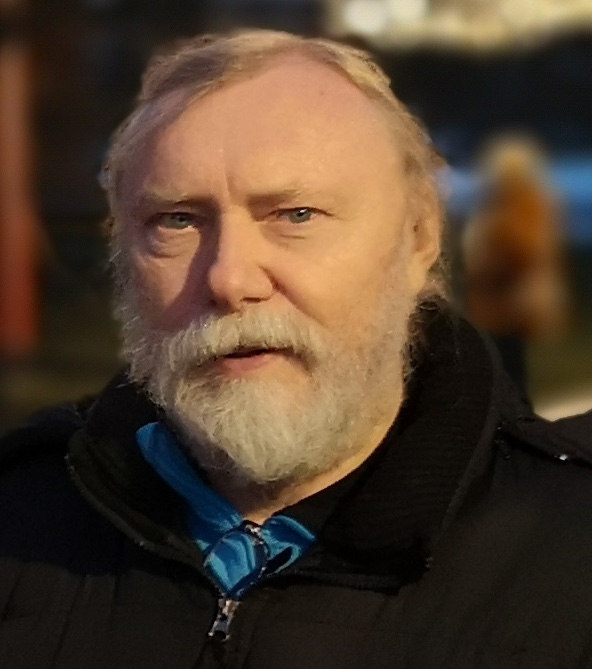
Presentation topic
Interactions of gold(I)-NHC complexes with models of Thioredoxin reductase; DFT & QM/MM studies
Research Focus
Scientific activity is focused on the field of quantum-chemical calculations of reaction surfaces and spectra (both electronic and vibrational) of bioinorganic systems. These are mainly heavy metal complexes that are used in the treatment of cancer, where the reaction mechanism of interactions of metal complexes with oligonucleotides or peptide and protein models is studied.
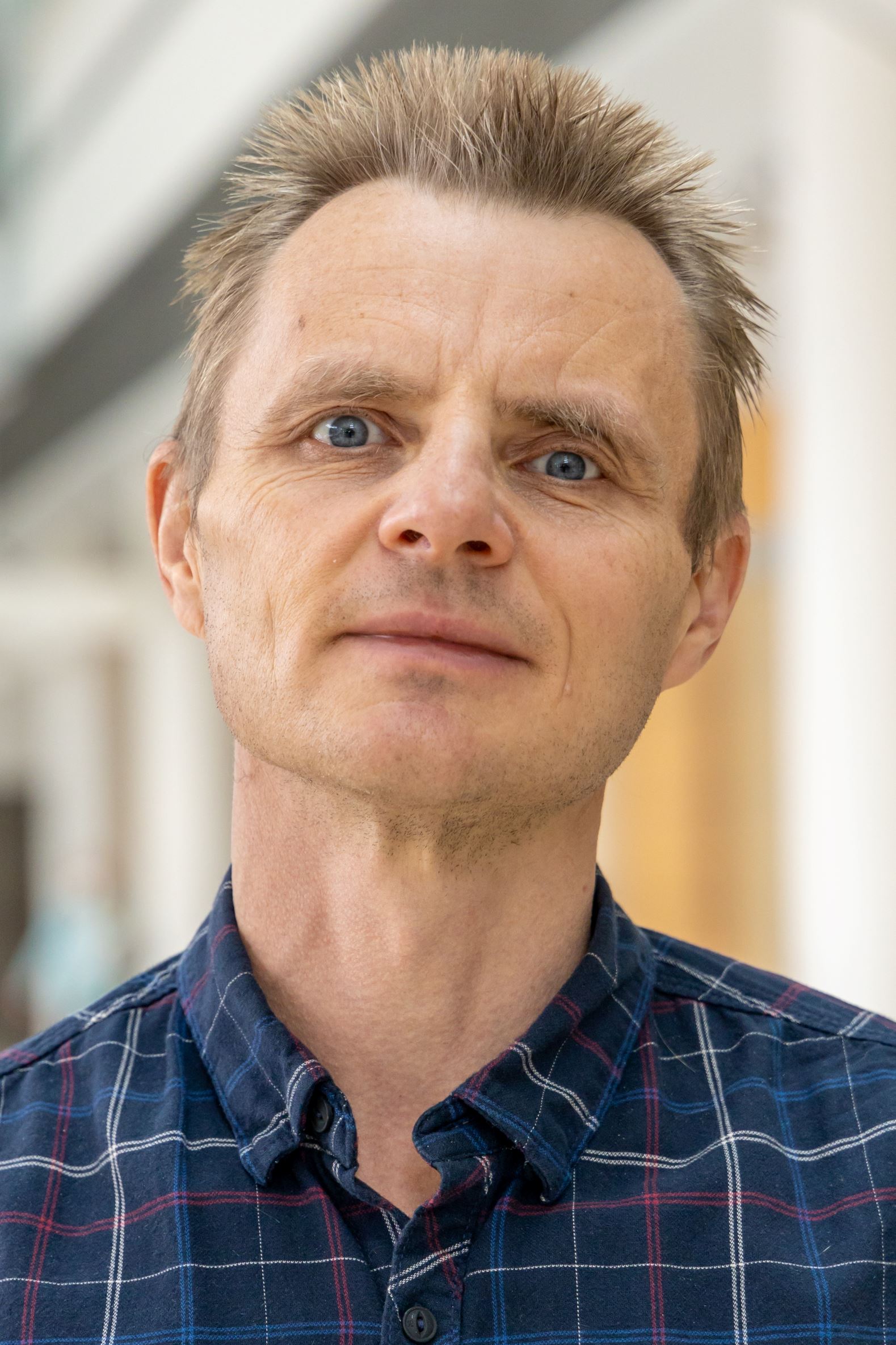
Presentation topic
Challenges in development of small molecule inhibitors for difficult targets
Research Focus
Dr. Cierpicki is a Professor in the Department of Pathology at the University of Michigan. His research interest is in the area of chemical biology and cancer epigenetics. Current focus of his research is development of small molecule inhibitors for novel and challenging proteins in cancer. His laboratory discovered first-in-class inhibitors of menin as well as other epigenetic proteins including PRC1, NSD1 and GAS41.
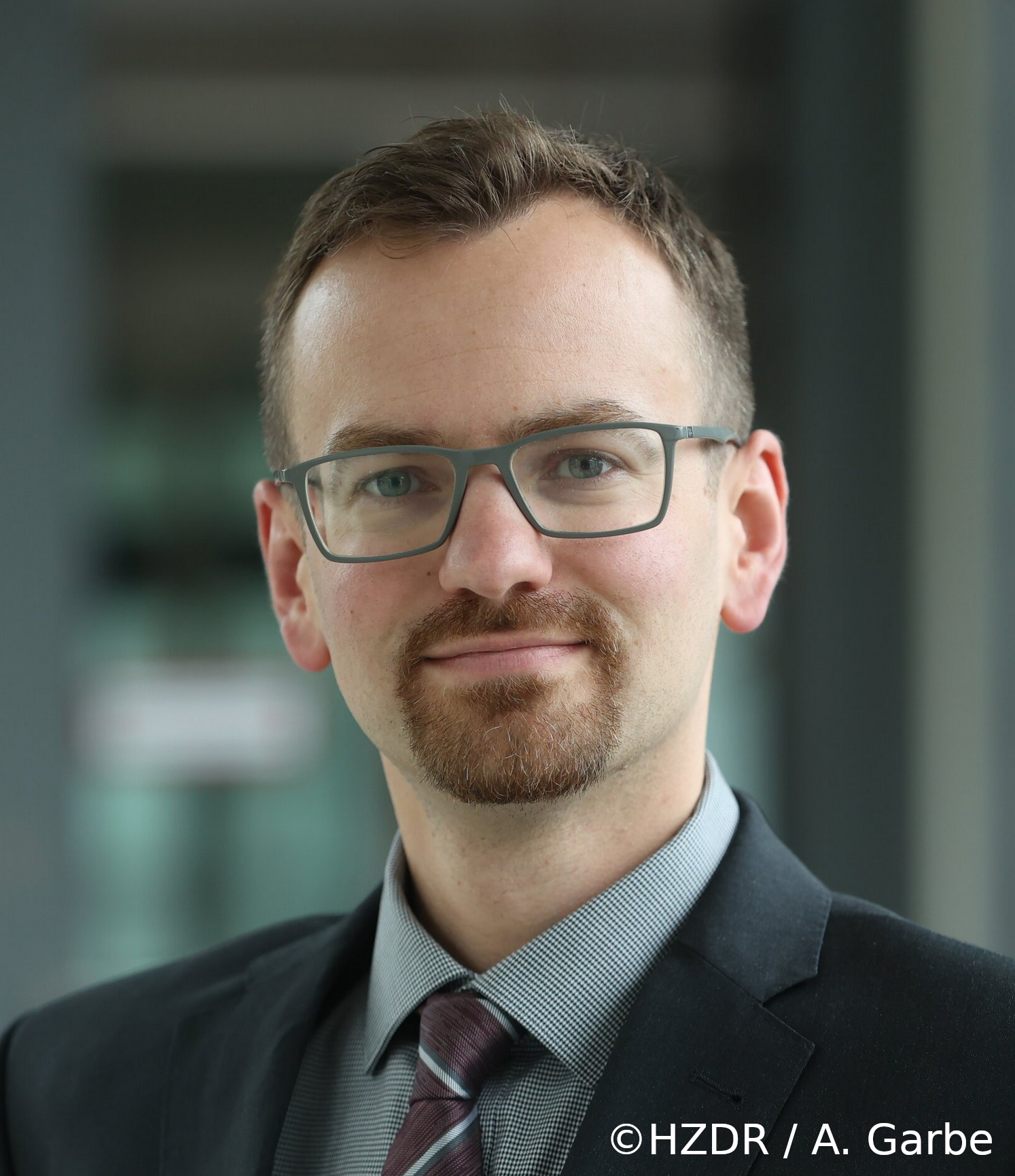
Presentation Topic
Ab initio path integral Monte Carlo simulation of warm dense matter
Research Focus
Dr. Tobias Dornheim works on the development of new methodologies for the description of quantum many-body systems with a focus on matter at extreme densities, temperatures and pressures. His achievements include the development of a new path integral Monte Carlo approach to deal with the fermion sign problem and the introduction of a model-free framework for the interpretation of x-ray scattering experiments, which have been recognized, e.g., with the John Dawson Award by the American Physical Society and the Stanislaw Lem European Research Award by Wroclaw University of Science and Technology.

Presentation topic
AI for learning across chemical space and quantum chemical methods
Research Focus
Pavlo O. Dral’s research is focused on AI-enhanced computational chemistry, i.e., the development and application of AI methods with superior accuracy and speed, breaking through the limitations of the traditional quantum mechanical methods. He founded the MLatom package (downloaded >80k times from PyPI) and co-founded the Xiamen Atomistic Computing Suite (online platform with over 2000 online users), to enable routine AI-driven atomistic simulations.
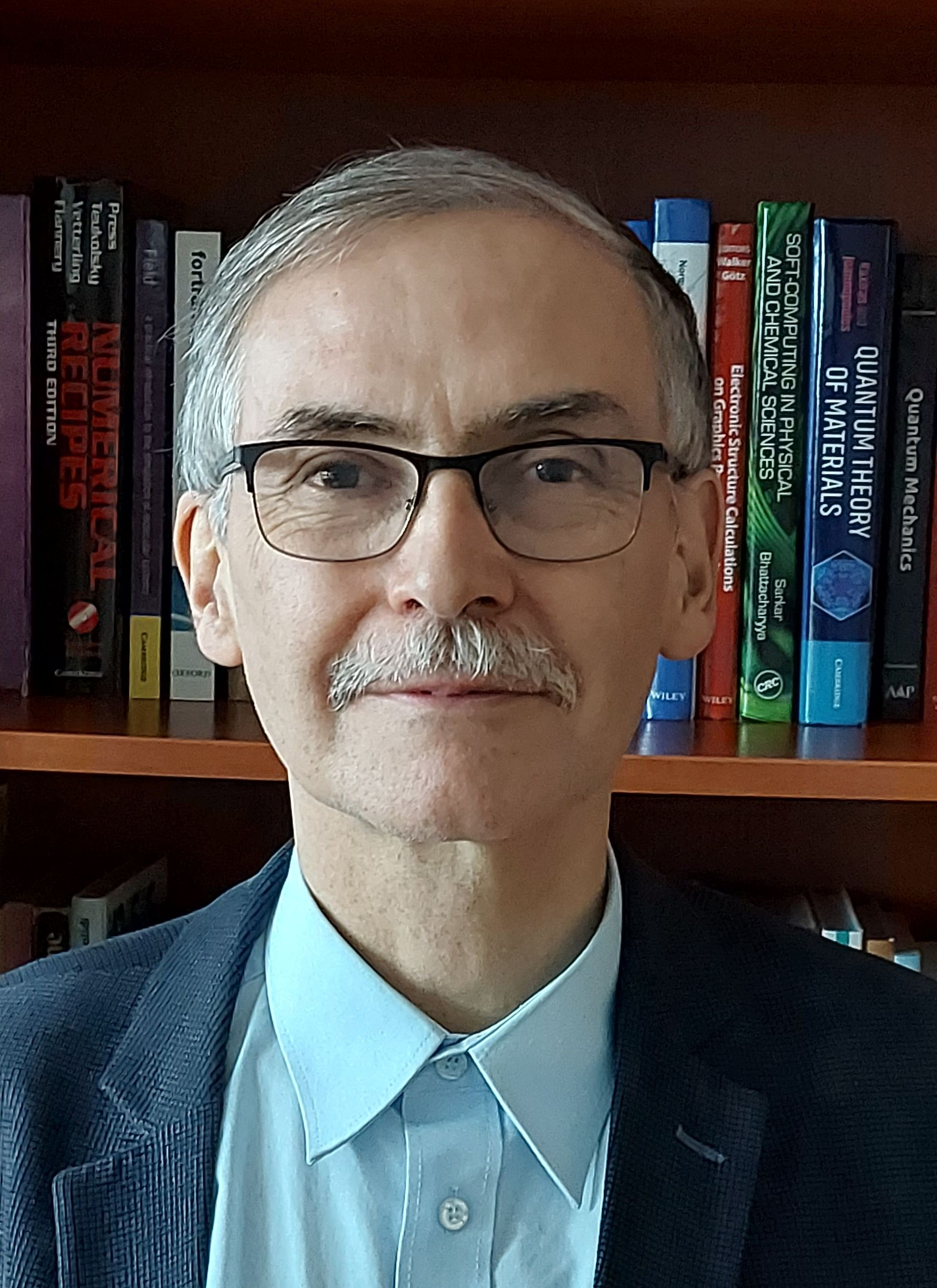
Presentation topic
Interactions in solutions studied via vibrational spectra from molecular dynamics simulations
Research Focus
Solvent effects in molecular and ionic liquids. Quantum-chemical calculations and molecular dynamics simulations of metal ion-conducting electrolytes. Correlations in ion transport in molecular and ionic liquids. Calculations of vibrational spectra from first-principles molecular dynamics. Interaction-induced effects in vibrational spectra of electrolyte solutions.
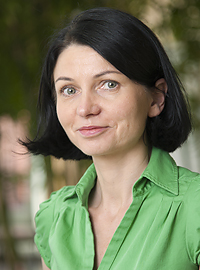
Presentation topic
Structure-based design of new therapeutics for leukemia: from bench to bedside and back
Research Focus
I am a professor of Pathology and co-leader of the Developmental Therapeutics program at the University of Michigan. My research is focused on development of new therapies for leukemia, and my laboratory developed first-in-class menin inhibitors, including Ziftomenib (co-developed with Kura Oncology) that is in phase II clinical trials in AML patients. My lab. uses interdisciplinary approaches, including medicinal chemistry, structure-based design, biochemistry, and biological studies to develop new therapeutics.

Presentation Topic
Algorithms for synthesis planning, reaction discovery and chemical industry
Research Focus
Bartosz A. Grzybowski is a Distinguished Professor of Chemistry at the Ulsan National Institute of Science and Technology (UNIST, South Korea) and a Director of the IBS Center for Algorithmic and Robotized Synthesis (CARS) located therein. He is also a Distinguished Affiliate Professor at the Institute of Organic Chemistry, Polish Academy of Sciences. Although he has spent a large fraction of his research career on esoteric problems of self-assembly and non-equilibrium systems, he considers his most impactful discoveries to be in the area of computer-driven synthesis (e.g., the Chematica/Synthia and Allchemy programs). The chemical algorithms and robotics systems Grzybowski develops find applications in both academic and industrial settings, and have ramifications for the issues of global chemical production, circular economy, and national security. Grzybowski is an author of 300+ articles (H = 93), and over the years received numerous accolades of which the 2016 Feynman Prize and the 2022 Foundation for Polish Science Prize are closest to his heart.
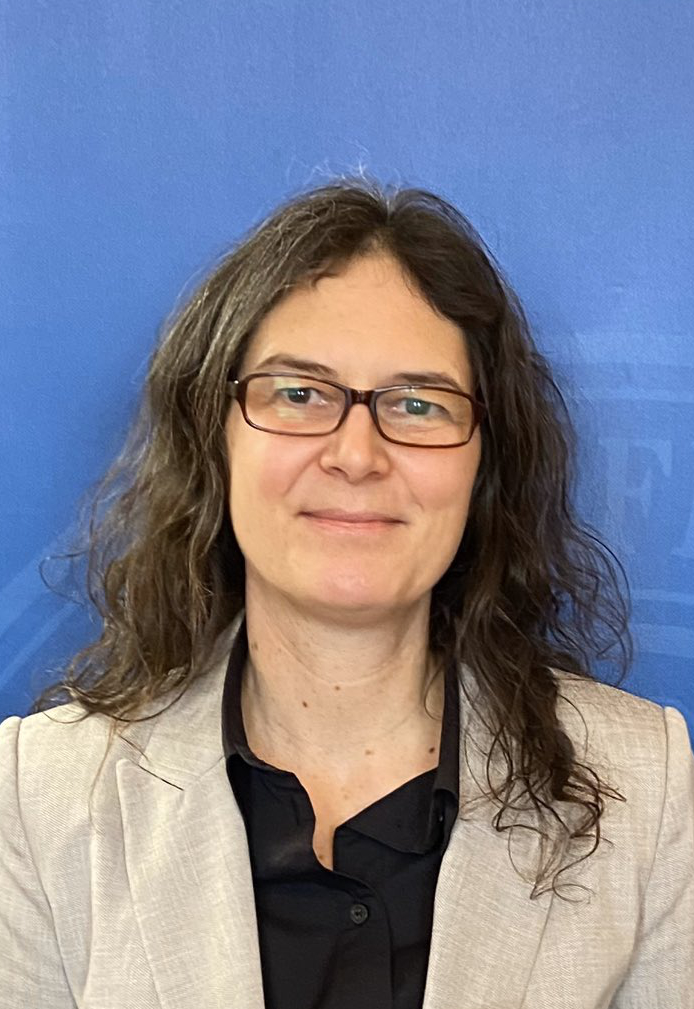
Presentation topic
Dissecting the effect of intra- and intermolecular interactions on conformational dynamics
Research Focus
We are using molecular simulations at various levels to explore the underlying interplay of dynamics, interaction, and reactivity in biological macro-molecules and their complexes as well as small (model compound or drug) molecules. Among the current applications are DNA-repair, regulation and signal transduction in protein complexes, as well as (self) aggregation and transport of small molecules.
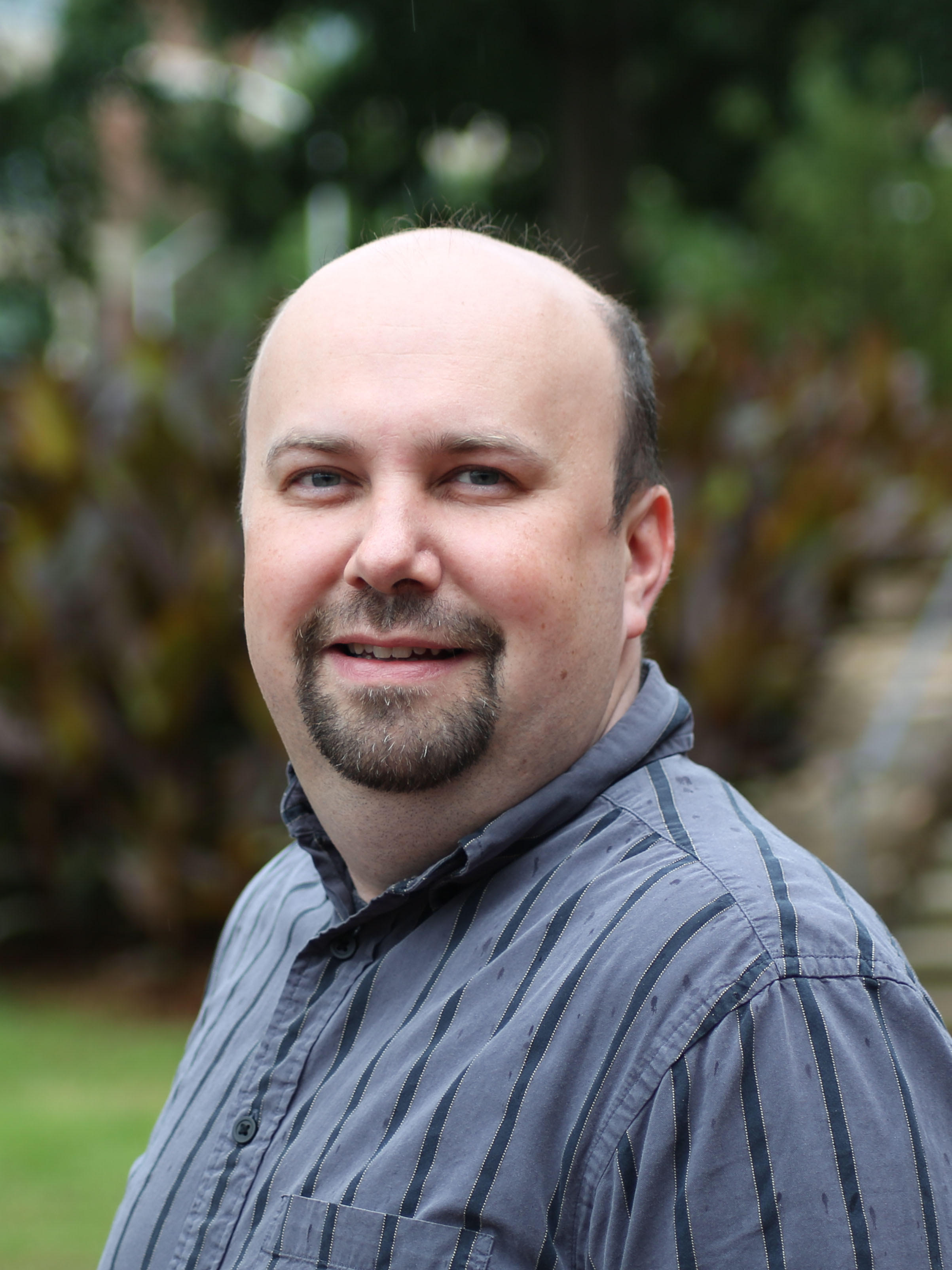
Presentation Topic
AIMNet2: Foundation neural network potential for molecules and chemical reactions
Research Focus
Olexandr Isayev is Carl and Amy Jones Professor of Chemistry at Carnegie Mellon University. In 2008, Olexandr received his Ph.D. in computational chemistry. He was a Postdoctoral Research Fellow at Case Western Reserve University and a scientist at the government research lab. Before CMU, he was a faculty at UNC Eshelman School of Pharmacy, the University of North Carolina at Chapel Hill. Olexandr is a 2023 Scialog Fellow and Associate Editor for the ACS Journal of Chemical Information and Modeling. The research in his lab focuses on connecting artificial intelligence (AI) with chemical sciences.
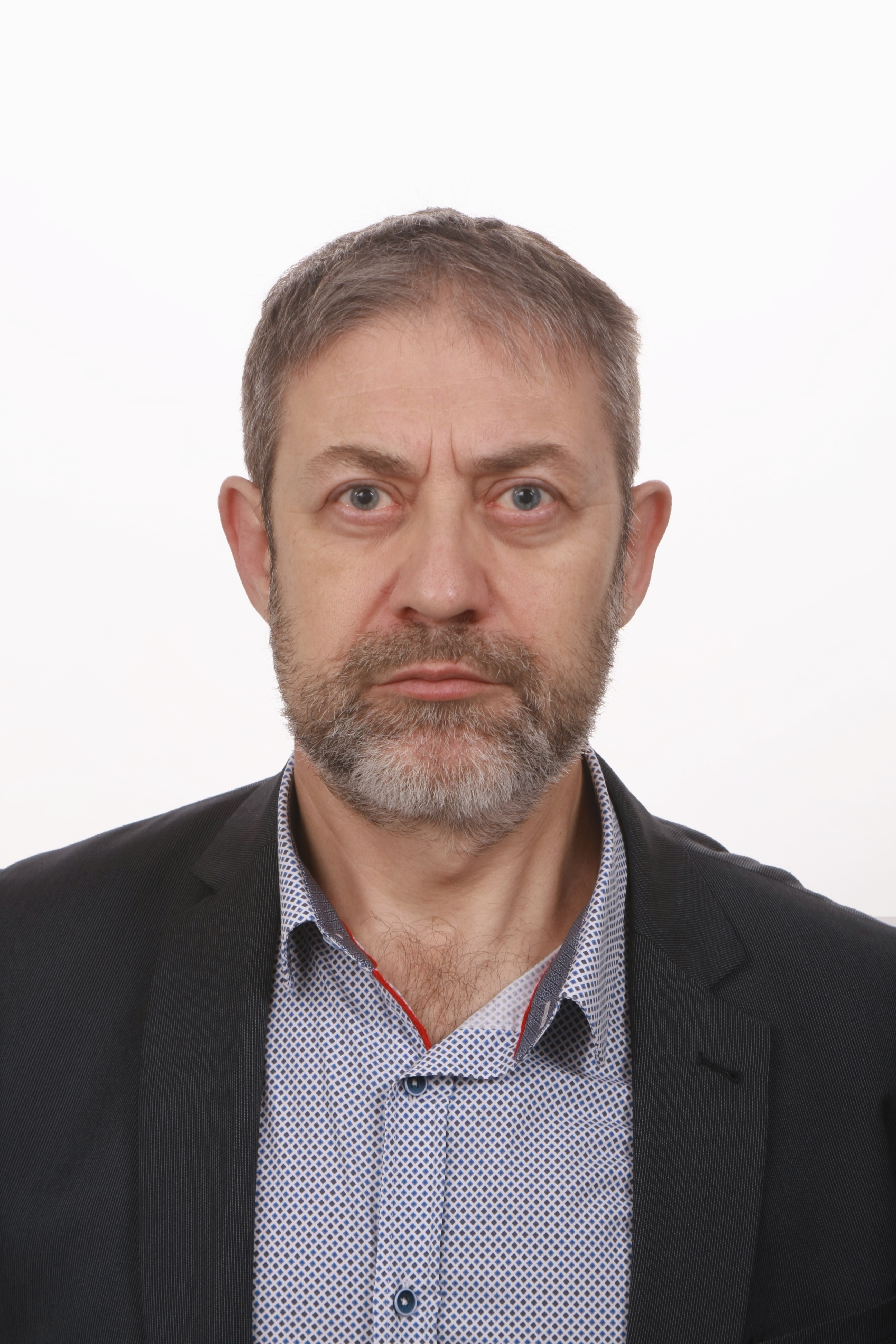
Presentation Topic
Indirect Constructions for Improving the Accuracy of Fragmentation Methods
Research Focus
The scientific career of Jacek Korchowiec is closely associated with the Faculty of Chemistry at the Jagiellonian University, where he currently holds the position of full professor. He has gained international research experience in Germany, France, and Japan. His scientific interests include semiempirical methods, conceptual density functional theory, linear-scaling methods in electronic structure calculations, molecular dynamics simulations of biomedical systems (e.g., lung surfactant), and inclusion complexes.
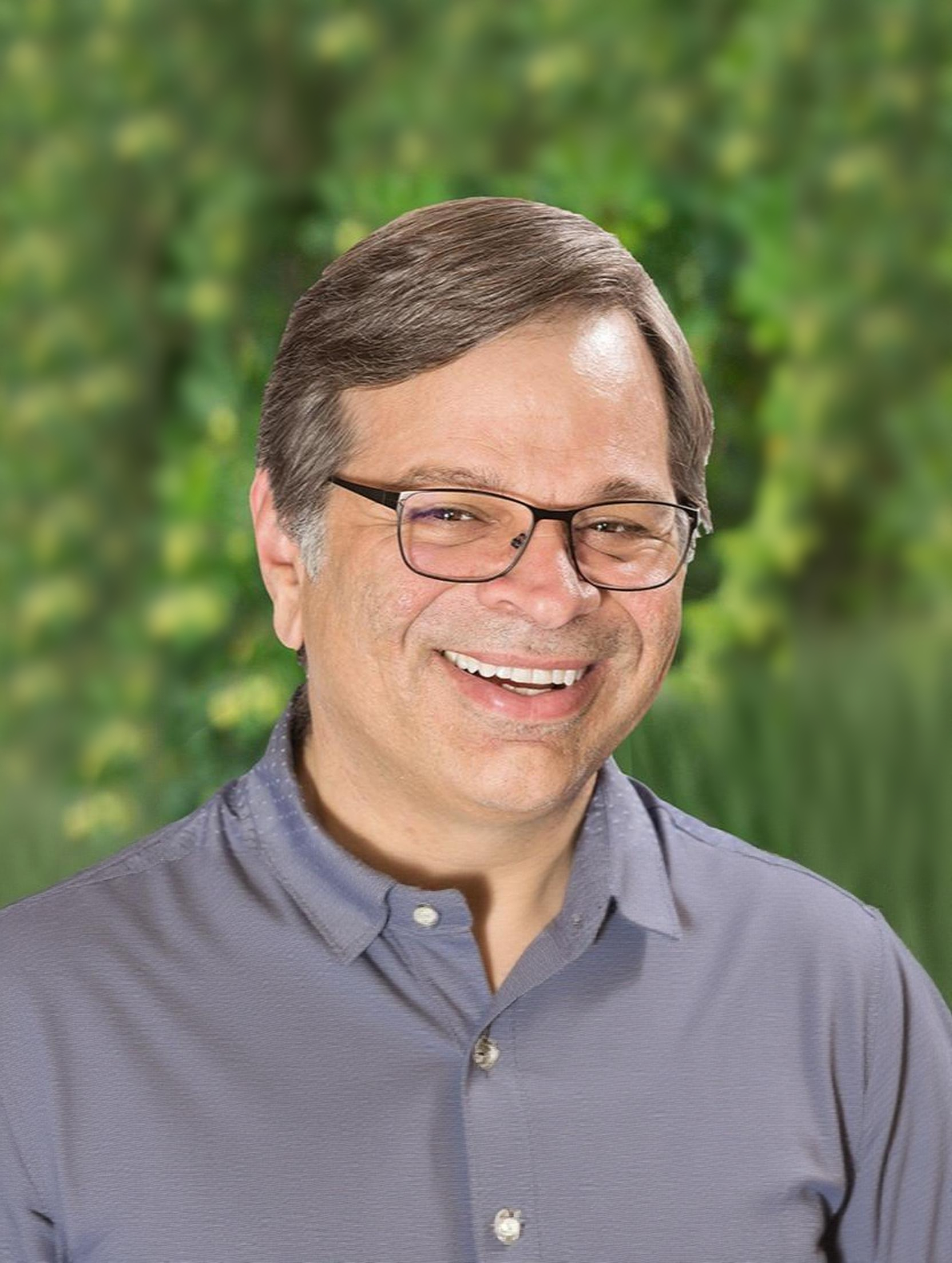
Presentation Topic
Discovering Chemistry and Photochemistry from First Principles
Research Focus
The Martinez group is focused on developing more efficient methods for electronic structure and molecular dynamics and applying these to reaction discovery, photochemical dynamics in both organic and biological molecules, and mechanochemistry.
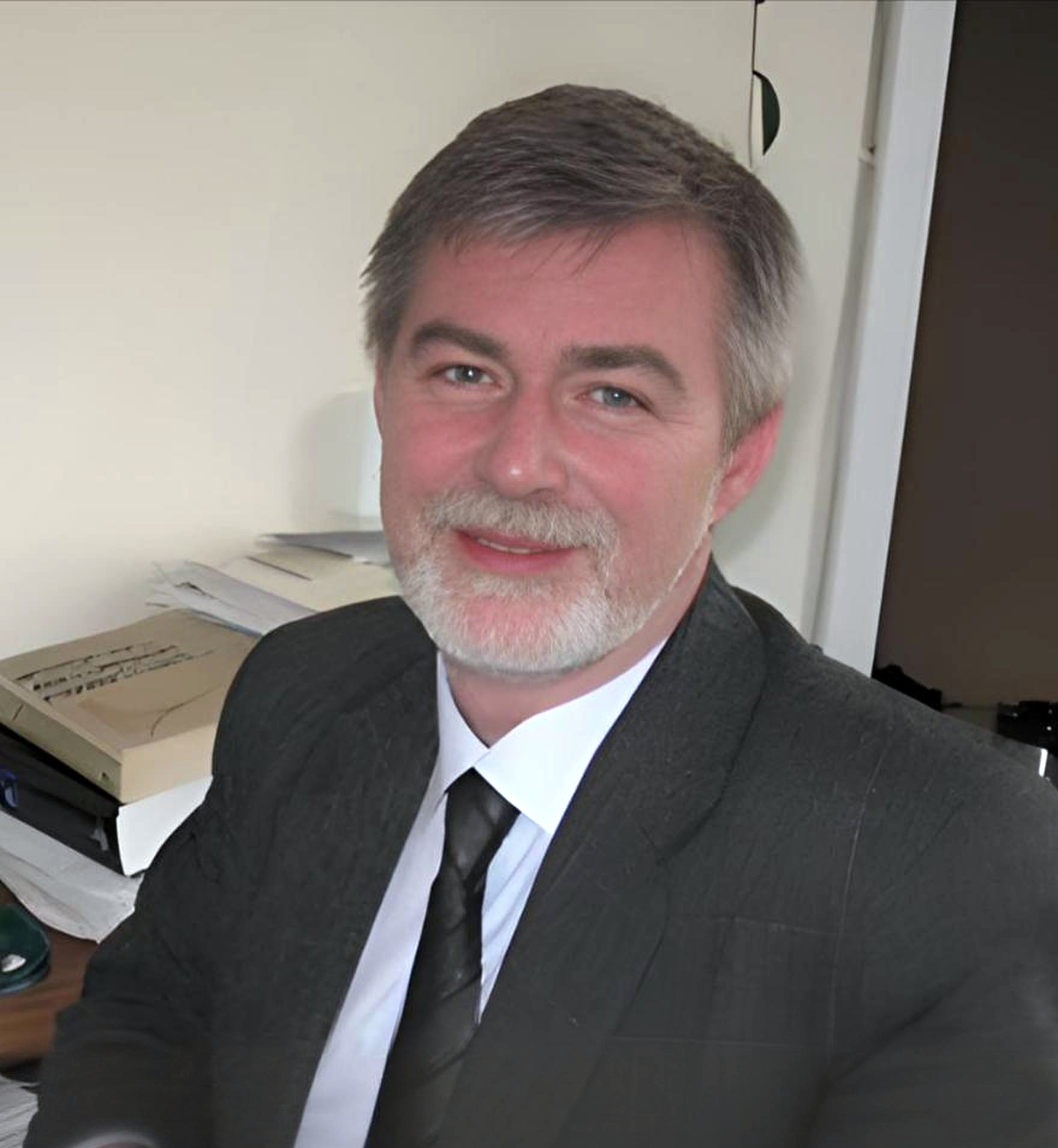
Presentation Topic
Theoretical study on mechanisms of degradation of polymeric materials for fuel-cell applications
Research Focus
Prof. Artur Michalak has been professionally associated with the Faculty of Chemistry of the Jagiellonian University since 1992; he is currently employed as a full professor (since 2012) in the Department of Theoretical Chemistry. In his research work, he specializes in theoretical chemistry/quantum chemistry, including chemical bond theory and molecular modeling of catalytic processes. His research work includes, among others: development of an original methodology for describing chemical bonds based on the natural orbitals for chemical valence (NOCV) combined with the energy decomposition analysis (ETS-NOCV), and most recently - on the deformation in the molecular electrostatic potential (Δ MEP); theoretical organometallic catalysis, in particular, the mechanisms of polymerization and copolymerization processes, as well as theoretical research on the electronic structure and molecular properties of polymer materials for use in fuel-cell membranes.

Presentation topic
Towards the computational-assisted (re)-design of new enzymes for the recycling of synthetic polymers
Research Focus
Vicent Moliner, Full Professor in Physical Chemistry, is the head of the BioComp group at University Jaume I (Spain). The current research of the group focuses on the development of QM/MM methods to the study of enzymatic reactions, and applications for the design of biocatalysts or enzymatic inhibitors. V. Moliner is member of the Advisory Board of Chem. Sci. He received the “Excellence in Research Award ” from the Spanish Royal Society of Chemistry in 2019.
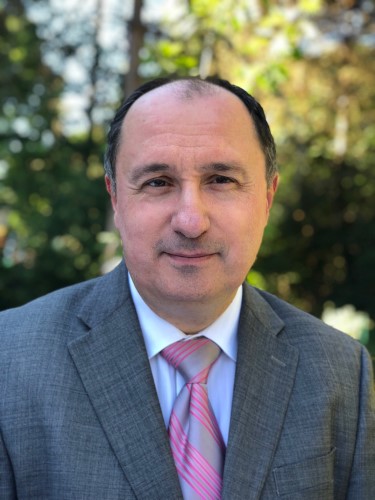
Presentation Topic
H3+ formation from methyl halogens and pseudohalogens: Experiment, theory, and governing factors
Research Focus
Piotr Piecuch is a University Distinguished Professor and MSU Research Foundation Professor at Michigan State University. His research focuses on the development of single- and multi-reference coupled-cluster theories, as applied to many-electron systems and atomic nuclei, and applications of computational approaches to molecular spectroscopy, chemical reactivity, photochemistry, and photophysics. He is a co-author of the widely used GAMESS software (https://www.msg.chem.iastate.edu/gamess/download.html) and several open-source codes on GitHub interfaced with GAMESS, PySCF, and PSI4 (https://github.com/piecuch-group). See https://www2.chemistry.msu.edu/faculty/piecuch/ for more information.
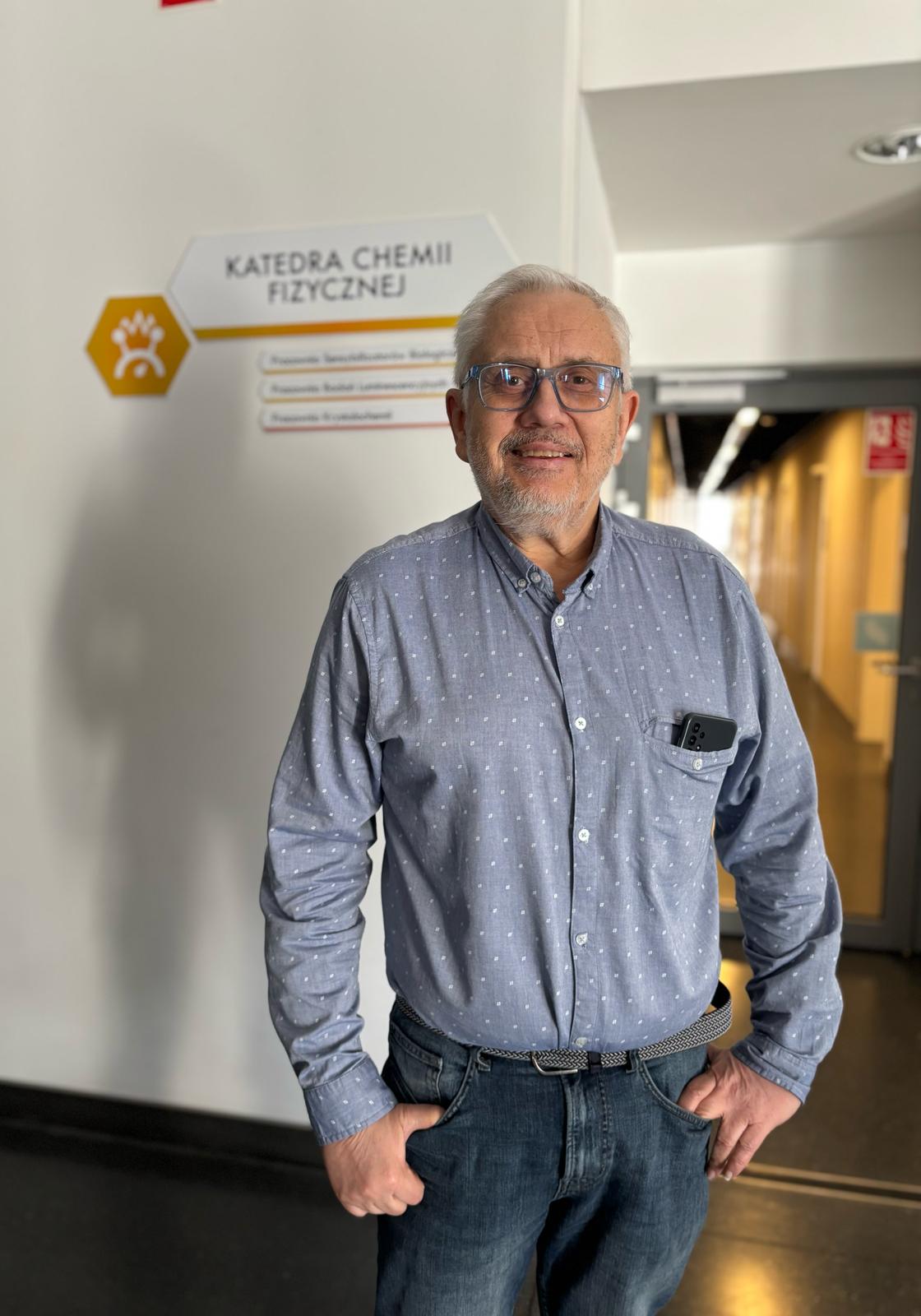
Presentation topic
Radiosensitizing nucleosides. Experimental and theoretical studies.
Research Focus
Janusz Rak is a Polish professor of chemistry specializing in theoretical and physical chemistry. He leads the Biological Sensitizers Laboratory at the Faculty of Chemistry, University of Gdańsk. His scientific interests include quantum chemical investigations of electron-induced DNA degradation, long-range electron transfer in this biopolymer, and theoretical-experimental studies on DNA sensitization to UV photons and ionizing radiation.

Presentation topic
Computational studies of nitrogenase
Research Focus
Ulf Ryde studies the structure and function of proteins, in particular metalloproteins, such as nitrogenase, particulate methane monooxygenase, lytic polysaccharide monooxygenase, superoxide dismutases and hydrogenases. He has developed combined quantum mechanical and molecular mechanical (QM/MM) methods for an accurate treatment of environmental effects, and combinations of QM/MM with experimental approaches, such as X-ray and neutron crystallography, and cryogenic electron microscopy. He also studies and develops methods to calculate ligand-binding affinities, in particular free-energy perturbation.

Presentation Topic
New life for “classical” force fields in the age of machine learning
Research Focus
Our research group primarily focuses on the study of intermolecular interactions. We have developed perturbative approaches to describe these interactions, known as symmetry-adapted perturbation theory (SAPT). The SAPT software, created by our team, is currently utilized by nearly 400 research groups worldwide. Additionally, we are interested in ultra-precise calculations for small molecules using explicitly correlated functions. This approach yields benchmark correlation energies, setting accuracy standards for other theoretical methods and achieving the highest possible agreement with experimental results. (Content adapted from Prof. Szalewicz’s website https://www.physics.udel.edu/~szalewic/)

Presentation Topic
Crystal Math: Rapid and accurate prediction of molecular crystal structures and properties using topological and simple physical descriptors, informatics, and machine learning models
Research Focus
Mark Tuckerman obtained his B.S. in physics from the University of California at Berkeley in 1986 and his Ph.D. from Columbia University in 1993, working in the group of Bruce J. Berne. From 1993-1994, he held an IBM postdoctoral fellowship at the IBM Forschungslaboratorium in Rüschlikon, Switzerland in the computational physics group of Michele Parrinello. From 1995-1996, he held an NSF postdoctoral fellowship in Advanced Scientific Computing at the University of Pennsylvania in the group of Michael L. Klein. He is currently Professor of
Chemistry, Physics, and Mathematics at New York University. His research program spans a variety of topics including development of free-energy based enhanced sampling tools for predicting the conformational equilibria of complex molecules, exploration of structure and polymorphism in molecular crystals, simulation studies of electrolyte liquids for clean energy applications, development of machine learning models for electronic structure theory and statistical mechanics applications, and path-integral methods for quantum dynamics. Honors and awards include the Japan Society for the Promotion of Science Fellowship, the Friedrich Wilhelm Bessel Research Award from the Alexander von Humboldt Foundation, the Camille Dreyfus Teacher-Scholar Award, an NSF CAREER Award, and the NYU Golden Dozen Teaching Excellence Award, the Andreas C. Albrecht Lectureship from Cornell University, the Kennedy Lectureship from Washington University, the Institute Lectureship from the Indian Institute of Technology, Kanpur, where he is now Distinguished Visiting Professor, election as a Fellow of the AAAS, a Dreyfus award for Machine Learning in the Chemical Sciences and Engineering, an Einstein Fellowship from the Einstein Stiftung Berlin, a CNRS Fellowship, and the Linett Professorship from the University of Cambridge. He is the Principal Investigator of the Simons Center for Computational Physical Chemistry at New York University and former Chair of the Department of Chemistry at NYU.
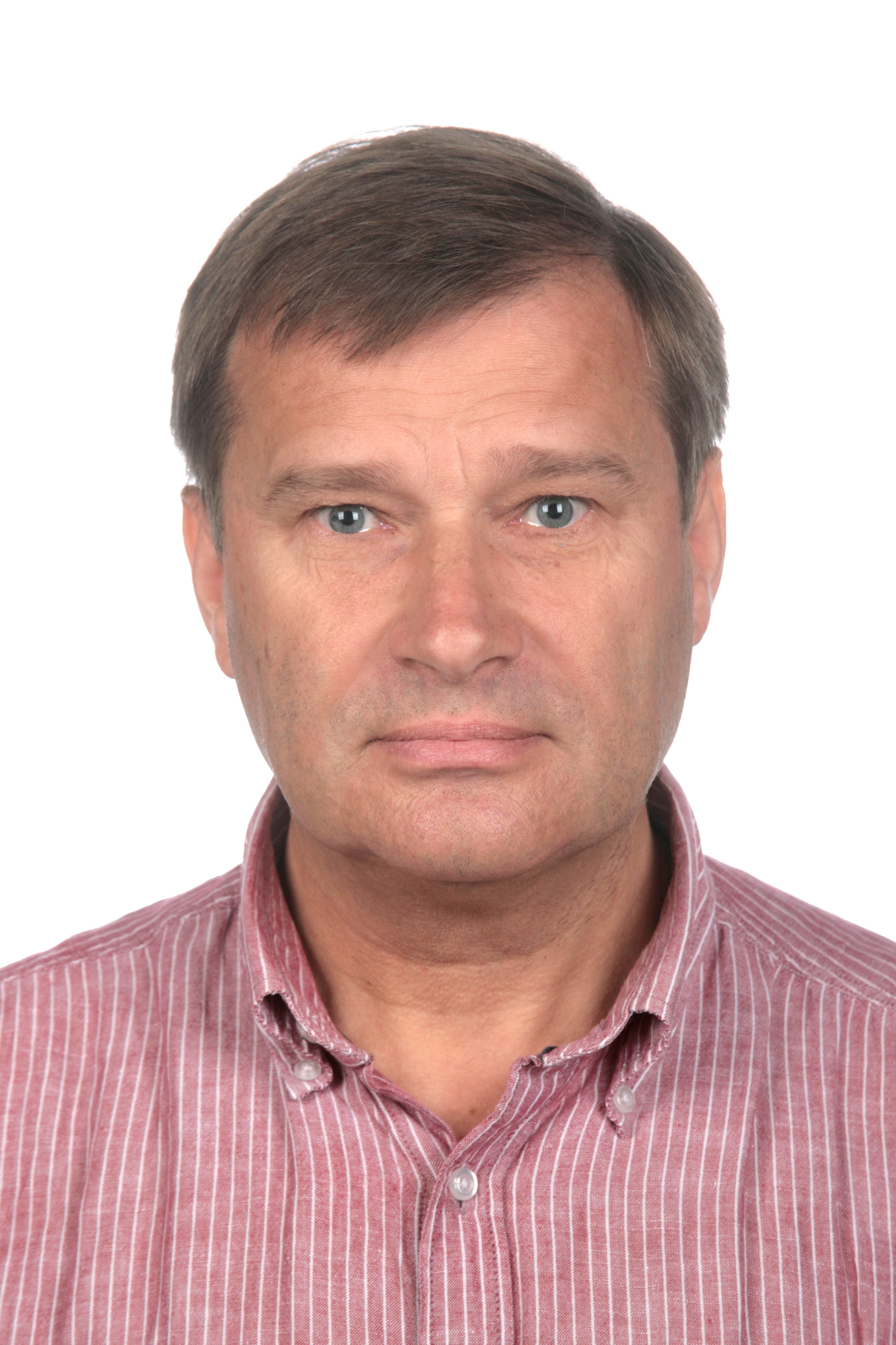
Presentation Topic
Extending the domain of applicability of Frozen-Density Embedding Theory based methods to chromophore-to-solvent charge transfer excitations
Research Focus
Our main research interest concern multi-scale simulation methods based on Frozen-Density Embedding Theory (FDET). FDET provides the exact relations between the total energy given by the Hohenberg-Kohn density functional, the embedded wavefunction, the embedding potential, and the electron density used as the only and complete descriptor of the environment of the embedded species (see [Phys. Rev. A, vol. 77, 012504 (2008)] and the subsequent works). We developed approximations for FDET-based methods and apply them to model spectroscopic properties (one- or two-photon absorption properties, electric field gradient, EPR spectra, etc).
Invited speakers
H. Agren — Wrocław Tech, Poland
J. Burda — Charles Univ, Czech Republic
T. Cierpicki — Univ Michigan, USA
T. Dornheim - Helmholtz-Zentrum Dresden-Rossendorf, Germany
P. O. Dral — Xiamen Univ, China
A. Eilmes — Jagiellonian Univ, Poland
J. Grembecka — Univ Michigan, USA
B. Grzybowski — UNIST, South Korea
P. Imhof — Univ Erlangen, Germany
O. Isayev — Carnegie Mellon Univ, USA
T. Kajdanowicz — Wrocław Tech, Poland
J. Korchowiec — Jagiellonian Univ, Poland
K. M. Langner — Google Deep Mind, USA
T. Martinez — Stanford Univ, USA
A. Michalak — Jagiellonian Univ, Poland
V. Moliner — Castellon, Spain
P. Piecuch — Michigan State Univ, USA
J. Rak — Gdansk Univ, Poland
U. Ryde — Lund Univ, Sweden
K. Szalewicz — Univ of Delaware, USA
M. E. Tuckerman — New York Univ, USA
T. Wesolowski —Univ Geneva, Switzerland
